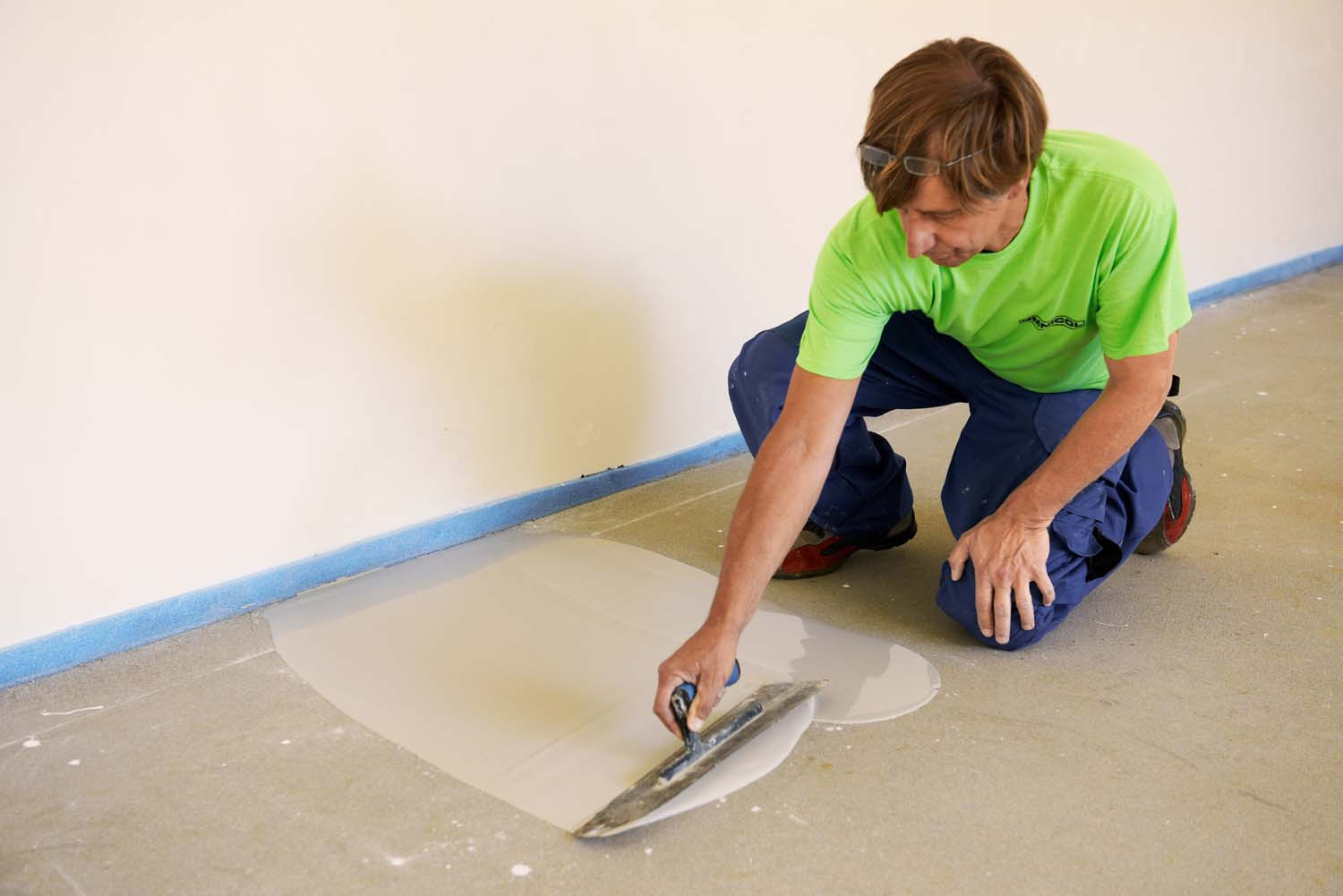Levelling
Leveling the surface for professional tiling
A flat and load-bearing surface is the basis for professional tiling. For both walls and floors. Sometimes it is necessary to level the surface before it is suitable for subsequent processing. We help you achieve perfectly flat walls and/or floors.
Level with cement-based leveling compound
A commonly used building material to smooth walls is plaster. In nine out of ten cases, a plaster wall is sufficient, especially indoors. But there is one thing plaster does not respond well to: moisture. That is why you should level walls in damp areas (such as bathrooms) with cement-based products. In addition to the standard drying times, we also have fast variants. This means you can start tiling considerably earlier. There are also variants that can be sprayed, making it easy to finish a large surface.

Leveling in renovation
You will encounter challenging floors and walls, especially in renovation projects. Think of cut and chipped tiles or adhesive residue from old wooden floors. It goes without saying that the existing surface will not be flat enough to allow direct tiling.
The choice of your leveling layer depends on the type of surface and further substrate preparation. Important things to pay attention to when choosing and working with leveling mortars are the material and condition of the substrate, the desired/required layer thickness, the type of primer/primer, and the drying time.




